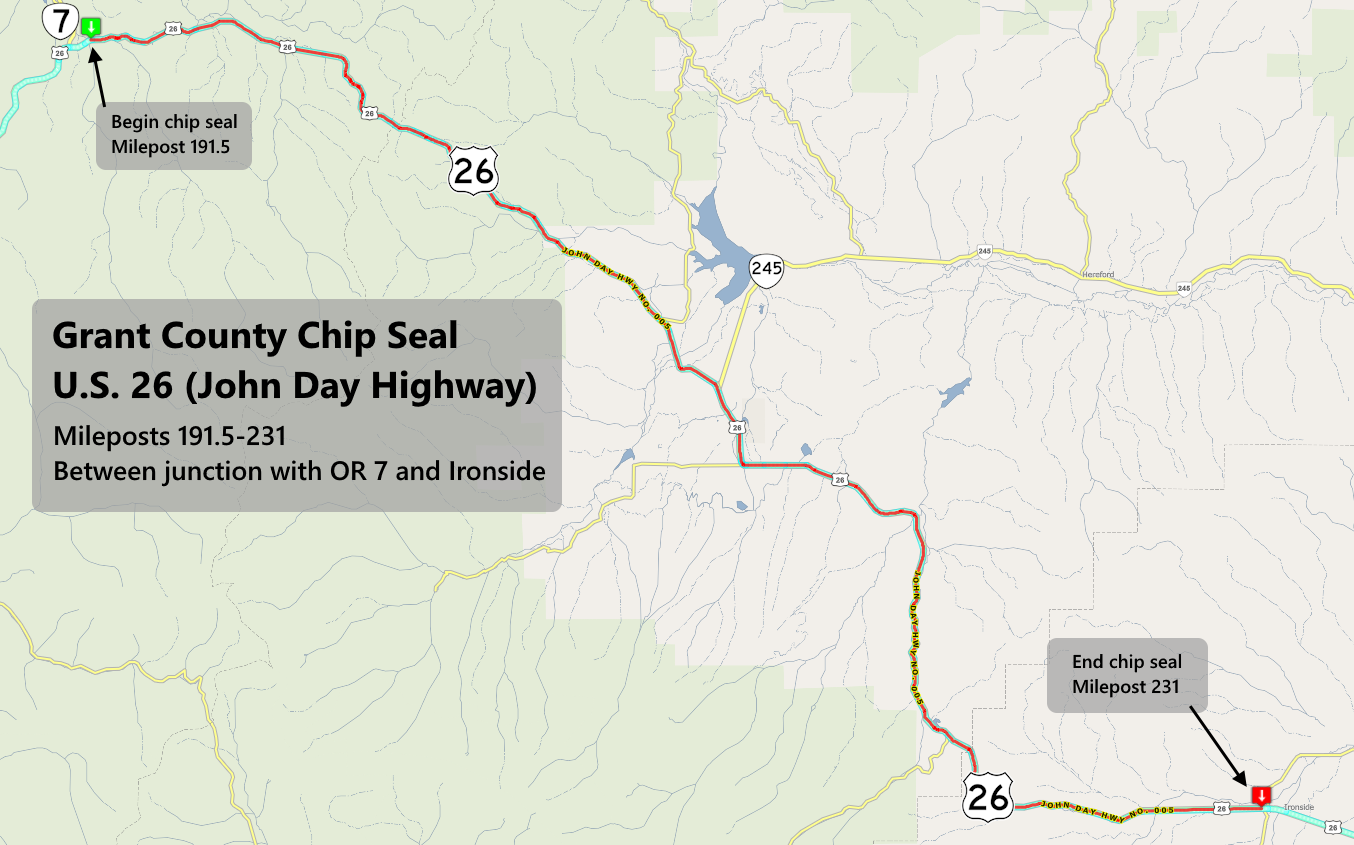Editorial: Forest vision: An end to brinkmanship?
Published 5:00 pm Tuesday, May 20, 2008
The past two weeks of head-to-head negotiations over the appeals to the Thorn Fire Recovery Sale brought unprecedented concessions by parties on both sides. Who would have expected conservationists – staunch opponents of fire salvage – to agree to stand aside and let not one, but two post-fire sales proceed? Who would have predicted that timber industry representatives would agree to stay out of an unroaded area that has long been prized by environmental groups, in effect letting it stand as an undesignated wilderness?
Those were just two parts of a much more complex agreement that was reached last Friday, culminating a process that began almost a year ago and ending the appeals on the Thorn sale.
Now the real work begins.
Not that the past two weeks of talks weren’t grueling enough for the parties, but the fact remains that this agreement is something of a test. The parties emerged not with a solid foundation of trust, but a tenuous new hope for one. Now they will be watching each other to see that everyone involved abides by the letter and spirit of the agreement. Well beyond our region, other industry leaders and conservationists also will be watching to see how this deal plays out.
In the meantime, it’s clear that both sides made sacrifices that suggest a revolution in the way they are willing to communicate. In the realm of forest management, where brinkmanship has been the rule, there is new hope for negotiation and cooperation.
All sides caution that the Thorn deal could end up being just one unique solution for one specific area. However, there’s been a strong sense that it could signal much more.
Sen. Ted Ferrioli, wearing his hat as executive director of Malheur Timber Operators, suggested last week that an agreement could “signal an opportunity to end the timber wars in Eastern Oregon.”
Don Bodewig, eastside operations manager for D.R. Johnson Lumber, noted the critical need for all the parties to find “common ground” – not just for the sake of the industry, but for the communities of rural Oregon.
Both sides found a chunk of common ground last week on the Thorn and Egley sales. No question, they still have strong differences in philosophy, particularly over post-fire forest operations. Those differences no doubt will emerge in future sale proposals.
And, as we’ve heard frequently from the conservation side, there’s no federal mandate to produce timber volume from the national forests. However, the flip side of that argument is that there’s also no federal mandate that there be rural communities, with their gas stations, food stores, law enforcement, emergency medical care and housing for rangers, fire crews and other forest workers. We could just turn out the lights, shut the doors, and leave the next decades of restoration work to be done from Portland or Washington, D.C. – at great cost to the taxpayers and considerable ineffeciency.
In last week’s talks, both sides seemed to realize that those are the kind of arguments that keep us in paralysis. Instead of digging in their heels on narrow points of law – this fish, that tree, my way or the highway – they sought out areas of agreement. They recognized that the stakeholders in our forests – all of them – need to work together to grow a healthier forest and a better future.
The Thorn negotiations suggest it can be done.






